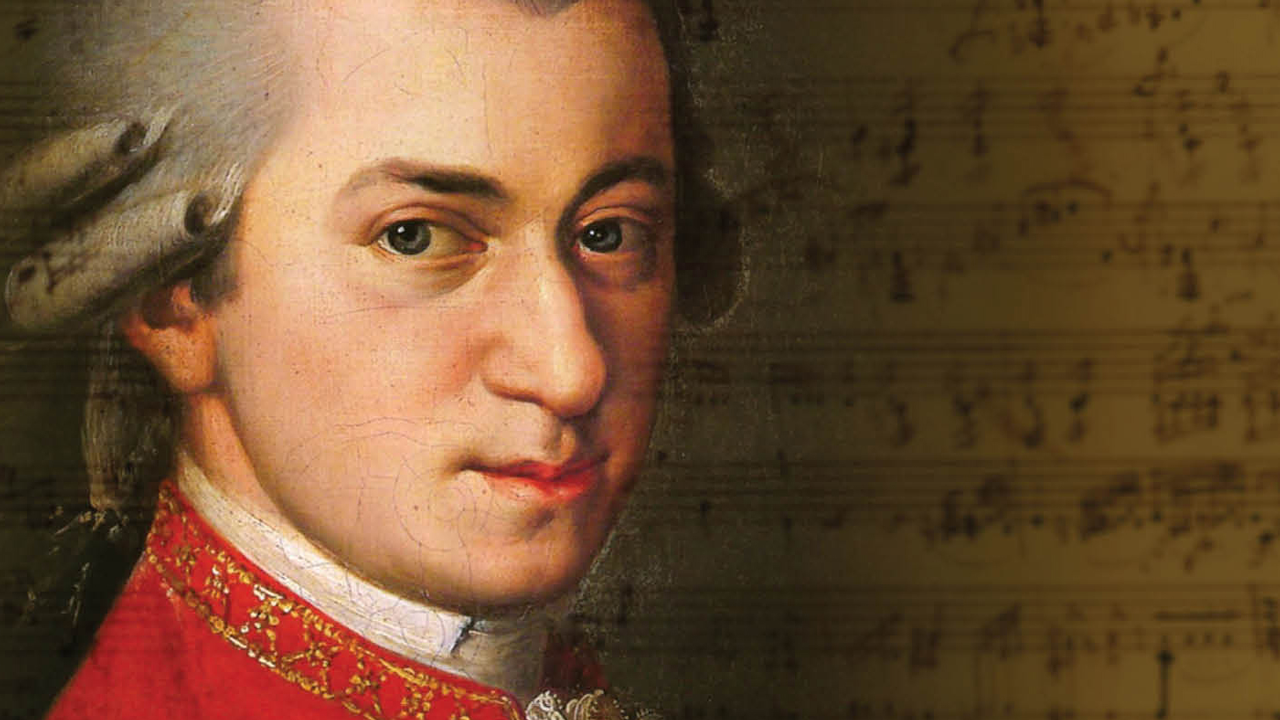The name only sounds so badass, Wolfgang. Wolfgang Amadeus Mozart. Yes, he’s long dead, but he is survived by his music. For the uninitiated, Mozart is the genius that has created almost all the famous and known symphonies. If there was no Mozart, music would have been way different today.
Mozart: A Life of Symphonies and Sonatas
Not only was he a great composer, but was very good with instruments as well. His first-ever performance was at the fragile little age of 6. His first original composition came when he was only 8. Over the years, he played at most European venues and composed a whole lot of operas and sonatas.
His compositions have always reflected very strong emotions. Upon hearing any composition, one could easily tell what sort of mood Mozart wanted to create because his compositions make you feel the way he wants you to feel.
It won’t be very wrong to say that the respect that violin and keyboard enjoy today is a direct gift from Mozart himself. Like the way, we have Raag Bilawal, and Raag Bhairavi, Mozart has created his own symphonies that serve as the basis of western classical music.
Coming directly to his music, the following are a few of his greatest compositions
Symphony #40 in G Minor
This is perhaps the most popular symphony by Mozart. Musicians know it for the sheer class of it. Kids know it because it plays in Tom&Jerry. This is one of the only two symphonies he wrote in a minor key.
The depth and heaviness of the symphony are evident and the darkness in the melody is what steals the show. This is the perfect symphony with the perfect structure.
Symphony #35 in D
This symphony, also known by the name Haffner is in the major key of D. In stark contrast to symphony #40, this symphony has a lighter mood and general happiness to it.
The choice of key makes all the difference. This symphony starts with pure energy and power and descends into a calmer mood. Work of a genius.
Symphony #30 in D major
This symphony has the soul of Opera. A story narrated through instruments. A breath of cold air. This symphony is actually set in 4 movements, and all these movements have the same underlying theme. That of winning and calm.
Symphony #41
This is set in the Key of C. Again, this is a very harmonious piece and since it’s on a major scale, it’s pretty happy and optimistic. It was titled ‘Jupiter’ by a 19th-century publisher. Upon listening to this composition, one could easily fathom why it’s called Jupiter.
This symphony is majestic and heavenly. And the finale features five symphonies. All playing at once, blending seamlessly. This was actually Mozart’s last symphony, and many believe this was the one in which he unleashed all his creative might and music knowledge.
Every generation and every field has one, western classical has been blessed to have two prodigies, Mozart and Beethoven. It’s hard to think of a world that has no Mozart in it because that means it has no music in it.




